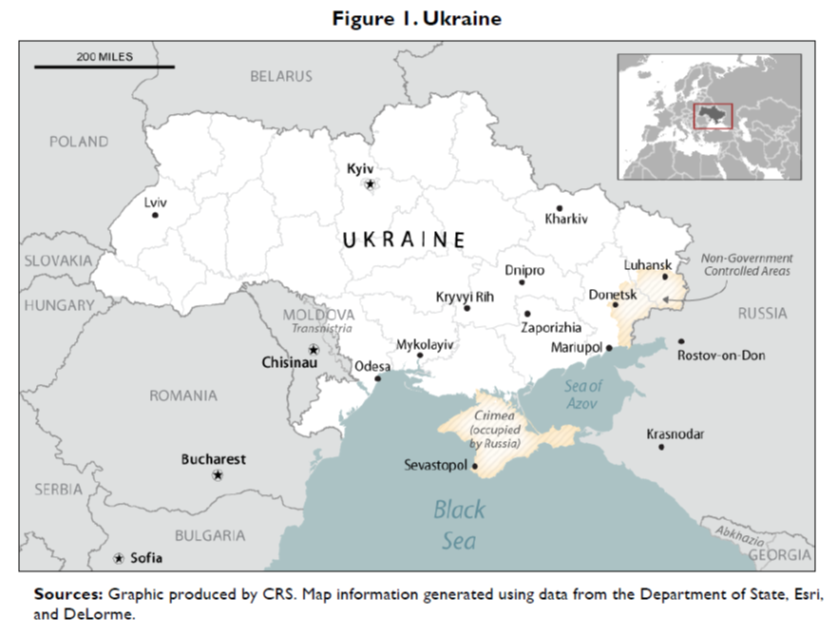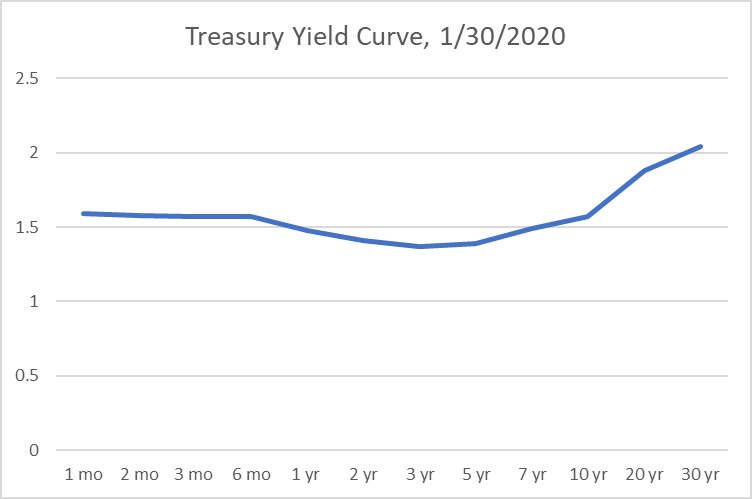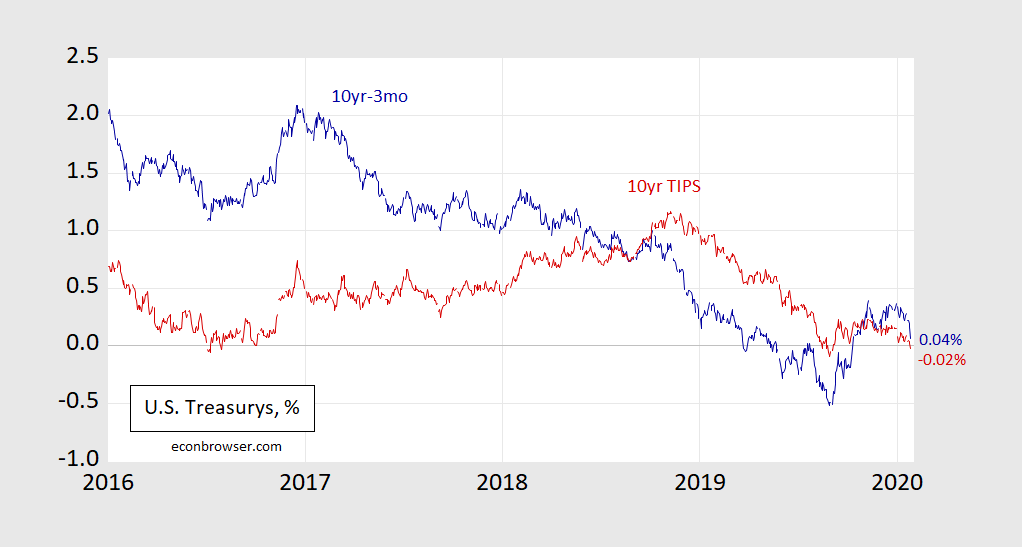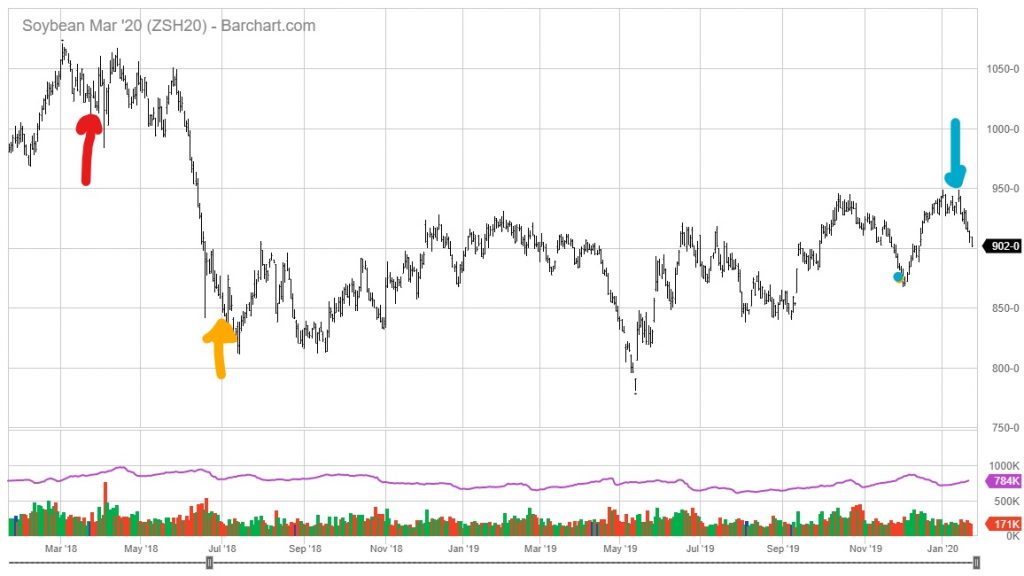Jim will be writing a more comprehensive assessment of the 2019Q4 advance GDP release tomorrow. For now, I’ll just note that business fixed investment, a forward looking variable, has registered a negative decline for the last three quarters of 2019.
Business Cycle Indicators as of 1/29 as Real 10 Year Rate Goes Negative
Monthly GDP growth is slow in December:
What Is the Size of Russian Forces in Ukraine?
What Determines the Strength of Interest Rate Linkages between Countries?
Decisions regarding the trilemma, but also choices regarding macroprudential policies have an impact. From the revised version of Joshua Aizenman, Menzie Chinn and Hiro Ito, “Financial Spillovers and Macroprudential Policies” (forthcoming Open Economies Review):
Back to Zero — and Beyond! [updated]
Updated 1/30/2020 – Treasury yield curve inverted relative to 1 month all the way out to somewhere between 10yrs and 20yrs!
Ten year TIPS yields that is; the 10yr-3mo spread is 4 bps.
Figure 1: Ten year – three month Treasury spread (blue), and Ten year TIPS yield (red), both in %. Source: Federal Reserve via FRED, Treasury, and author’s calculations.
The Relative Price of Soybeans vs. Grains, 2014-2019
Reader Ed Hanson insists I plot soybean prices from 2014 onward, instead of 2016, to show how factors other than tariffs affect soybean prices. I am happy to accommodate his request. I wonder why soybean prices suddenly deviate from grains overall, starting in March 2018.
Disposition of Forces in Donbass Region, Ukraine
As of 24 January, according to the Information Analysis Center:
Source: Information Analysis Center.
Discussion of presence of Russian T-72-B3 tanks in Ukraine, here.
Have All Agricultural Commodity Prices Behaved As Did Soybean Prices?
That’s what reader sammy asserts, trying to support the proposition that Chinese retaliatory tariffs on imports of US soybeans had no impact on US soybean prices.
… chart of soybean prices there are a number of other commodity price charts, such as copper, wheat, coffee etc. They are unaffected by the tariff war yet are remarkably similar to the soybean chart.
What a Trump Trade Victory Looks Like: Soybeans
Back in July 2018, reader CoRev wrote:
…no one has denied the impact of tariffs on FUTURES prices. Those of us arguing against the constant anti-tariff, anti-Trump dialogs have noted this will probably be a price blip lasting until US/Chinese negotiations end. We are on record saying the prices will be back approaching last year’s harvest season prices.
Back on March 23rd, when Mr. Trump announced intent to launch Section 301 actions, nearest month soybean futures closed at 1028. Latest today is 902. Indeed, prices have been falling since Mr. Trump signed the much heralded (by some) Phase 1 deal. This is shown in Figure 1 below.
Figure 1: Front month soybean futures (black). Trump announces intent of Section 301 action against China (red), Section 301 tariffs and Chinese retaliation in effect (orange arrow), and Phase 1 deal signed (blue arrow). Source: barchart.com.
Front month futures prices are now 14% lower now, while the CPI is 2.2% higher (both in log terms). You can do the math. The “blip” is not over.
Manufacturing Employment Lags in Three Midwest States
Figure 1: Manufacturing employment in US (blue), and aggregate of Michigan, Pennsylvania, and Wisconsin (red), both in logs, 2018M12=0. December data preliminary. GM strike in October. Source: BLS, author’s calculations.
Michigan, Pennsylvania and Wisconsin aggregate manufacturing employment 1% below peak. In contrast, nationwide manufacturing employment (total, including managerial) has been flat from September 2019.





